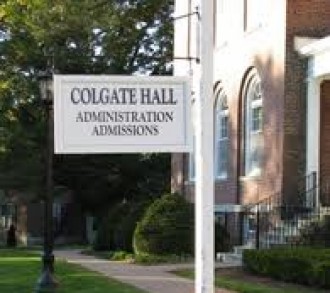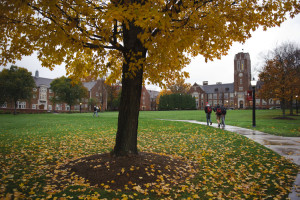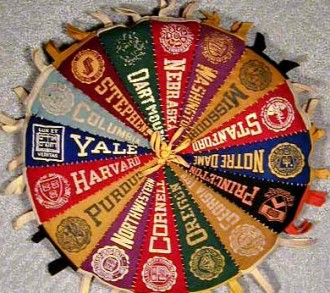 One of the many acronyms that college bound students encounter is COA or cost of attendance. It constantly amazes me when media only talks about tuition costs when they run stories about colleges. What they should do is include the fees, room and board and personal expenses to that figure. That will often bring the COA up another $18,000 or more.
One of the many acronyms that college bound students encounter is COA or cost of attendance. It constantly amazes me when media only talks about tuition costs when they run stories about colleges. What they should do is include the fees, room and board and personal expenses to that figure. That will often bring the COA up another $18,000 or more.
Private colleges that use federal money in their financial aid packages are generally running about $55,000 to $65,000 per year soup to nuts. With the exception of about 50 so-called elite colleges, most offer merit money to highly qualified students or meet the criteria for those scholarships. Admittedly, a good 50% of private colleges and out of state public’s simply offer tuition discounts in the guise of scholarships simply to get students to commit.
Having said that, I have had many students graduate in four years from fine private colleges at less cost than they would have paid at a state university where the latter would be offering only student loans. For many middle income families state schools often create the largest financial burden to a family despite the lowest published cost.
In addition, due to the ever increasing strategy of financial aid leveraging and preferential packaging, an applicant’s academic profile will greatly effect how much grant or scholarship aid he or she will get. While not used by all colleges, these practices will negatively impact the aid a student who is in the lower quarter of the applicant pool. That is why I place a great deal of emphasis on researching the current class profile or common data set to measure where the student may fit in that demographic.
In other words, if two colleges have similar costs of attendance, a student may be offered entirely different financial aid packages should one of the colleges be using leveraged analysis or preferential packaging. Unless, you do a money saving Dry Run with us or someone else who is familiar with the financial aid practices at many colleges, you will seldom know which college is offering the best value from a financial standpoint. Even now with the required Net Cost Calculator on college websites, you still won’t know the true bottom line cost of that college until one week following the student’s acceptance.
The differences outlined above can be as large as $15,000 a year or more. These differences are often masked by sticker price. That is why we encourage all families to include a realistic money-saving Dry Run step in their college planning. If you have not done that yet, then what are you waiting for? Do not repeat the experience that this parent had.

 It was inevitable. Computer technology is here to stay. I remember in 1994 when one of my students said Mr. Goodhart, you should get on the Internet, there is a lot of great information about colleges on it. This revelation may come as a surprise to any of our students who were born after 1994. They never had the pleasure of working a
It was inevitable. Computer technology is here to stay. I remember in 1994 when one of my students said Mr. Goodhart, you should get on the Internet, there is a lot of great information about colleges on it. This revelation may come as a surprise to any of our students who were born after 1994. They never had the pleasure of working a  University
University
 T
T

 O
O I wish I heard about you sooner is not an uncommon response after I explain what we do. I expected that at least two of the colleges my daughter had her heart set on would give her more financial aid. Every year, several families come to us because they heard from someone that we can help them get more money from the top choice colleges to which their child has been accepted.
I wish I heard about you sooner is not an uncommon response after I explain what we do. I expected that at least two of the colleges my daughter had her heart set on would give her more financial aid. Every year, several families come to us because they heard from someone that we can help them get more money from the top choice colleges to which their child has been accepted. Many families go through the college selection process content not to question the colleges we have financial aid pitch or our average grant package is $33,000. Wide eyed impressionable teenagers are told to “just put your application in and then apply for financial aid. Once you are accepted we will send you a financial aid package.”
Many families go through the college selection process content not to question the colleges we have financial aid pitch or our average grant package is $33,000. Wide eyed impressionable teenagers are told to “just put your application in and then apply for financial aid. Once you are accepted we will send you a financial aid package.”

 M
M

